Good News! 30 Positive Environmental Stories from 2023

Get news, updates, & event Info delivered right to your inbox:
Good Environmental Stories from 2023
With this year drawing to a close, let’s celebrate some of the amazing environmental stories we’ve seen! From ocean cleanup to food security, there was a lot of goodness that came out of this year. As we say goodbye to 2023, let’s keep striving for a better tomorrow and keep these good environmental stories coming!
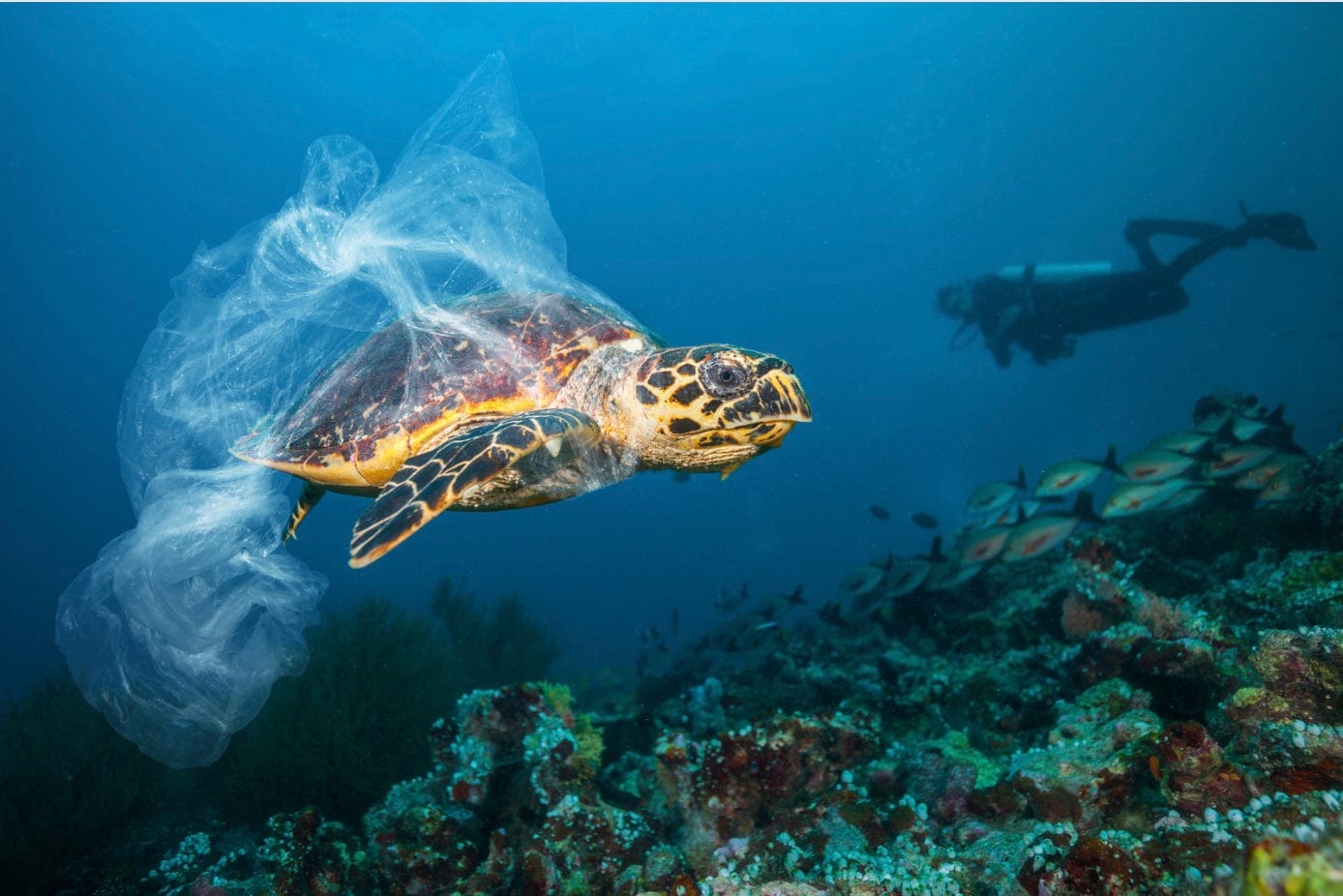
1. 4ocean Collected 30 Million Pounds Of Trash From The Ocean
Since the 1950s, it is estimated that humans have produced just over 18 trillion pounds of plastic. Unfortunately, most of that plastic has found its way into our oceans, harming animals and ecosystems alike.
The plastic that is found in the ocean can also harm people since many of us get protein through seafood. Although ocean pollution is a very real problem, strides are being made to clean our oceans and protect sea creatures.
4ocean announced an incredible milestone that helps us get one step closer to clean oceans. They have officially collected 30 million pounds of trash from the ocean –– a record-setting accomplishment. Helping to clean our oceans protects vital ecosystems for generations to come!

2. High Schools Are Offering School Credit for Climate Action
Because students are the future of climate action, it’s important that they understand the reality of climate change and why it’s so important to protect the environment. In many schools across the country, climate partnerships are being developed to empower students with the right climate knowledge.
In California, a high school has partnered with Climate Action Pathway for Schools. CAPS is a nonprofit that works to help students learn what environmentalism looks like while also helping schools to reduce their carbon footprint.
This program helps students develop hands-on learning through school year and summer internships, gaining experience and protecting the planet. There truly is no better way for students to learn than by helping the planet and getting school credit for it!

3. France's Single Use Plastic Ban Has Officially Started
Over 6 billion fast-food meals are served each year in France, creating about 2 million tonnes of waste annually. As of January 1st, the country is prohibiting fast-food restaurants from offering single-use plastic boxes and cutlery. Eco-friendly options such as paper wrappers and reusable containers will help restaurants adjust to the new ban. This single-use plastic ban follows the ban France put in place last year that prohibits plastic packaging for 30 types of fruits and vegetables.

4. Free Food Pantry Decreases Food Waste
Have you ever put away your perishables only to throw them away on garbage day?? We’ve all been there. It’s all too easy to buy too much food that ends up going bad before we have a chance to eat it. It happens quite often all around the world, and its prevalence makes food waste a big problem.
In Geneva, a non-profit organization is attempting to cut down on food waste by opening free-access refrigerators that people can utilize to give or take food that would otherwise go bad. Not only does this amazing initiative help with food waste, it also helps promote food security, allowing anyone to take as much as they need before the food goes bad. Reducing food waste is a major environmental win, and helping to improve food security is a major community win!

5. One Tree Planted Celebrates 100 Million Trees Planted Since 2014
One Tree Planted proudly shared that in our 9th year, we have reached the incredible milestone of 100 Million Trees planted. Together with our global network of planting partners (854 and growing!), we planted these trees through 724 impactful projects, 1,035 planting events, and 140 Urban Forestry projects in 79 countries around the world.
From the simple action of planting trees grows complex benefits that reverberate across landscapes, creating profound and long-lasting benefits for nature and communities. As these 100,000,000 trees grow into maturity, they are restoring ecosystems that have been degraded by human and climate change impacts, supporting and healing communities with lasting social and economic benefits, providing habitat for threatened and endangered species, capturing carbon, and more.
Every planting project has its own unique challenges and impacts, but what holds true no matter where you go is that when done correctly, reforestation changes lives for the better. From restoring ecosystems that have been ravaged by wildfires to stabilizing riparian areas and protecting watersheds that provide drinking water for millions, our projects are making a powerful impact for nature and people around the world.

6. Young Teen Feeds 600 Families with Hydroponic Garden
The next generation of eco-warriors are the leaders in making an impact. Steven Hoffen is no different. At the beginning of the COVID-19 pandemic, Hoffen was inspired by Sindyanna of Galilee, a nonprofit organization where Jewish and Arab women come together to create hydroponic gardens.
Hoffen launched a nonprofit of his own at just 13 years old called Growing Peace. Since its launch, Growing Peace has created four hydroponic gardens spanning from New York to Tel Aviv.
In Tel Aviv, Growing Peace is focused on providing 600 families of asylum seekers with food twice a month, offering over 2,100 servings of food. As a teenager, Steven Hoffen has been able to bring people together through food and nature in the most beautiful way, inspiring generations of people.

7. Judge Rules In Favor Of Young Eco-Warriors
Time and time again, we see that young people are the backbone of the climate fight. They are passionately working hard every day to preserve the beauty of our environment for years to come.
In many cases, this hard work pays off immensely, especially at a local and state level. Local teens in Montana celebrated a major win when a judge ruled in their favor, accusing the state of violating their right to a healthy environment. The trial primarily focused on Montana’s greenhouse gas emissions, contributing to climate change while heightening the effect of climate change on younger generations. This ruling declared any laws promoting fossil fuels in Montana unconstitutional, bringing a big win to these inspiring young eco-warriors!

8. NATURE’S (AND MAN’S) BEST FRIEND
Dogs are the Barbie of the animal world. There is truly nothing they cannot do. From medical dogs to seeing-eye dogs to rescue dogs, these amazing companions do so much for us. All of these types of service dogs are doing vital work, but there’s one category that we don’t talk about often enough: conservation dogs.
These precious pups are trained to save our planet and make an impact for the environment! Conservation dogs are adopted from shelters, and they get to curl up in loving homes after a hard day's work. These pups work across three different continents to help end wildlife trafficking, spot invasive species, monitor endangered species, and even help environmental justice.

9. White Rhino Population Increases
If there’s anything we love more than trees, it’s animals! So, when there’s good news about wildlife, we just have to share it.
One of the more devastating effects of climate change is habitat loss. Wildlife species large and small are slowly disappearing as their homes vanish. This means that many species are being monitored by scientists to ensure their longevity –– even if they’re not considered endangered just yet.
Among those animals is the white rhino. The white rhino is a hoofed mammal found in Africa, and their existence is essential to African ecosystems. Since 2012, the population of these vital creatures have not been rising the way scientists hoped.
But that all changed this year.
For the first time in a decade, the International Union for Conservation of Nature (IUCN) announced that the number of rhinos has increased by 5.6 percent since 2021. Since these animals are not considered endangered, this is a big win for their preservation, and we need to do all we can to ensure they can stick around for the long haul!

10. Tree Planting Really Does Work!
We get asked this question a lot: Does planting trees really make that big of a difference?
The answer: it does!
In fact, recent research has quantitatively proven that tree planting works as one of the most effective means of combating climate change. Not only is it effective at removing and storing carbon, trees are also vital homes to many important wildlife species. Planting trees is one of the most comprehensive ways to battle the effects of a warming climate.
The best thing about tree planting: it’s happening right now, and anyone can get involved and make an impact! Trees are the environment’s most effective and fierce defenders, and planting more of them is the best way to combat rising temperatures and habitat loss. Plant trees where they’re needed most and become a part of the climate fight!

11. One Man Saved A Rare Butterfly Species
Sometimes, with everything that’s happening in the world, it’s hard to believe that just one person can make a difference. We get it. It’s okay to feel that emotional fatigue when the headlines are bleak, but we believe that the smallest of actions can make the biggest impact. One person can truly make a difference, and one man in California has just proven that.
A senior biologist at the California Academy of Sciences, Tim Wong, single-handedly saved a struggling butterfly species in his home city of San Francisco. The California pipevine butterfly had all but disappeared in San Francisco, and Wong wanted to remedy that.
He built enclosures for the caterpillars, found the native plant they feed on, and allowed them to mate and reproduce safely. From there the caterpillars began pupating and forming chrysalis before hatching and continuing the cycle. Conservation can truly happen in your backyard!

12. DIY Parks Are Helping Turn Urban Spaces Green
Cities are in desperate need of trees and green spaces, but the cost of getting these spaces established can be a significant barrier. To expedite creating greener urban spaces, many city dwellers are taking matters into their own hands with DIY parks.
These parklets provide people with a public space to relax and enjoy different aspects of nature. They are being constructed in parking lots and unused road areas, and these pockets of green are an accessible way for people in the city to escape from the concrete jungle.
Green spaces are a crucial part of maintaining mental and physical health, especially in urban areas. By building these miniature parks, people everywhere in the city can enjoy them on their everyday walks. It’s especially helpful for neighborhoods that don’t have a park nearby and have no means to get to a park. These parklets make enjoying nature accessible to all, and that is a truly beautiful thing.

13. AI Tech is Revolutionizing Wildlife Recovery
Within the last few years, artificial intelligence has flourished. From Siri to many chat AI forums, AI is currently changing the game in a lot of ways. Now, artificial intelligence might just become the next big thing for wildfire recovery.
As the Earth continues to warm, wildfires grow in intensity and severity every year. They burn through large swathes of land, endangering animals and people alike. Many first responders put their lives on the line to fight these fires and get them under control.
The emergence of new AI technology may just help communities rebuild after these devastating fires. Public safety teams have been testing a new tool in western states like Oregon and California. This new tool can determine the amount of the damage, where the damage occurred, and how severe the damage is, providing a complete picture of the land in just 24 hours. This new technology could provide a crucial starting point to ecosystem recovery post-wildfires, helping to promote resilience for the future!

14. Yosemite National Park Hosts Trash Pickup Event
Home to granite cliffs and giant sequoia trees, Yosemite National Park is a place where many people come to enjoy the beauty of nature. Keeping these parks clean and litter-free is vital to help preserve these natural spaces. Fortunately, these national parks are so beloved that people join together annually to help maintain them.
Every year on National Park Lands Day, people come together in Yosemite to help preserve the beautiful picturesque nature of the park. This year, for the day’s 20th anniversary, over 1,500 volunteers came together to clean up this beloved park.
Through this entire event, volunteers collected 10,432 pounds of trash throughout the park, effectively helping to preserve and safeguard the natural wonder that is Yosemite. Picking up trash is an easy and effective way to make an impact in your local environment! You can stop by a local park any day and help keep it clean for everyone to enjoy.

15. Cities Are Exploring More Ways to Build Public Parks
It is incredibly hard to be a tree in a city. We all know that. The costs of creating green spaces in cities continue to grow, making it that much more difficult to establish them for communities in need. The good news: many cities are starting to explore new and more cost-effective ways to have green spaces and public parks built for neighborhoods that need them.
In Hayward, California, after almost a year of construction, the city debuted its first cost-effective public park. A strip of land that many drivers zoom past has been transformed into a tranquil outdoor space, full of flourishing plants and beautiful scenery.
These environments are so important to local community members, and although the traditional means of creating a park can be pricey, it can be done beautifully on a budget.
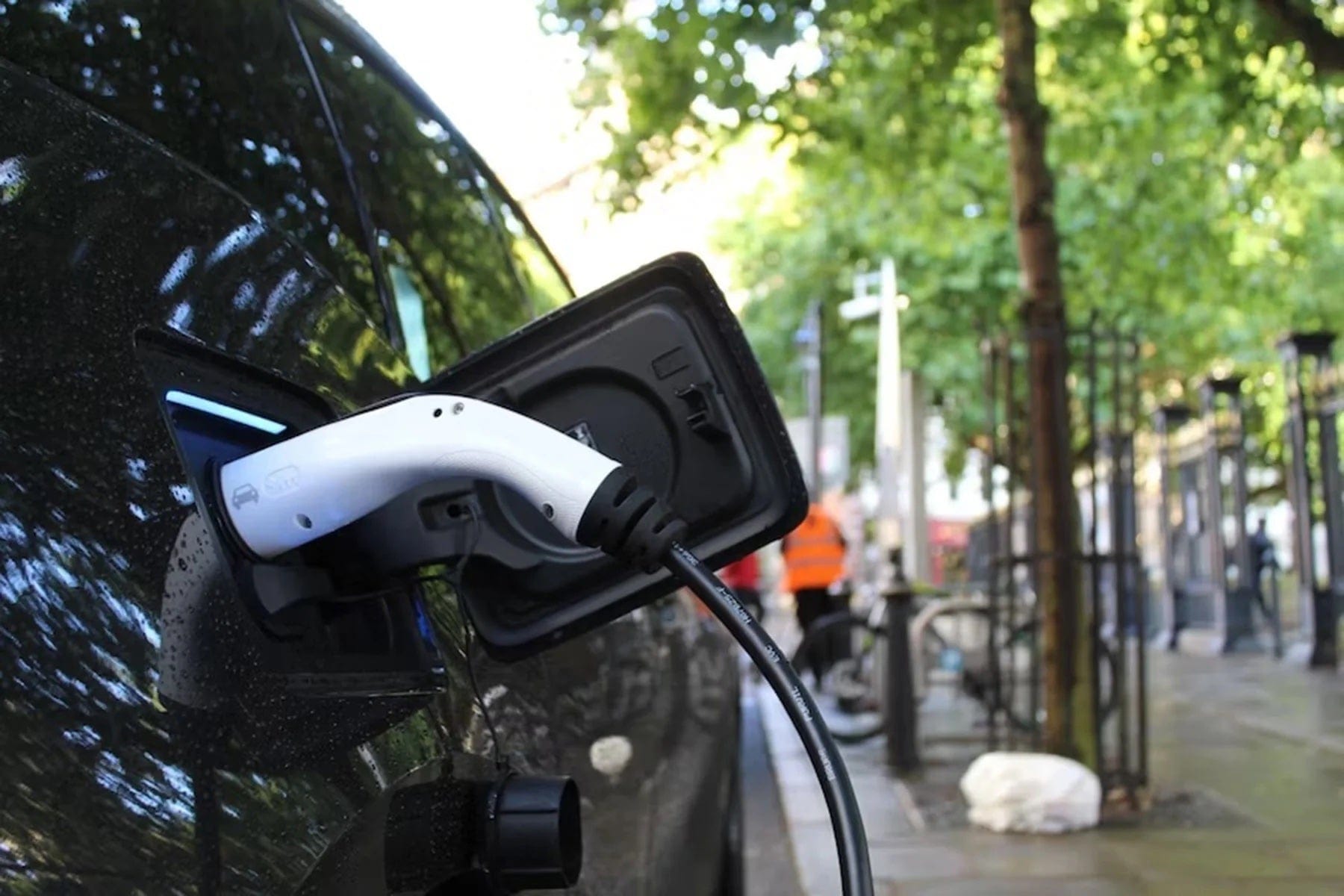
16. New EV Battery Paves The Way For A Greener Future
Electric vehicles have been around for a while, but with technological advances, they are gaining popularity as a means of sustainable transportation — and many car manufacturers are trying to meet the demand by making them accessible to everyone.
Toyota is among those that are trying to make electric cars simple and easy to invest in, and they are doing that by paving the way for updated battery technology. Toyota just announced a new electric car battery that could reduce charging time to under 10 minutes.
Often, charging time is a big hurdle for people who are considering investing in an EV. With this new technology coming our way, consumers will be motivated to invest in electric cars and make the world a little greener!

17. The World’s Only Urban National Park in Nairobi
A short distance outside of Kenya’s capital city is a green oasis that encompasses 117 square kilometers of open land for wildlife. Many charismatic wildlife species call this National Park home. Like many other parks, the Nairobi National Park faces many threats such as pollution, poaching, and more. But many experts say that an urban national park is a major benefit to the country.
Unlike other cities, Nairobi experiences lower pollution thanks to the National Park situated just miles outside of the city's heart. Mature trees also help reduce the dangerous urban heat island effect, reduce ambient temperatures, absorb and retain water in the landscape, and more.
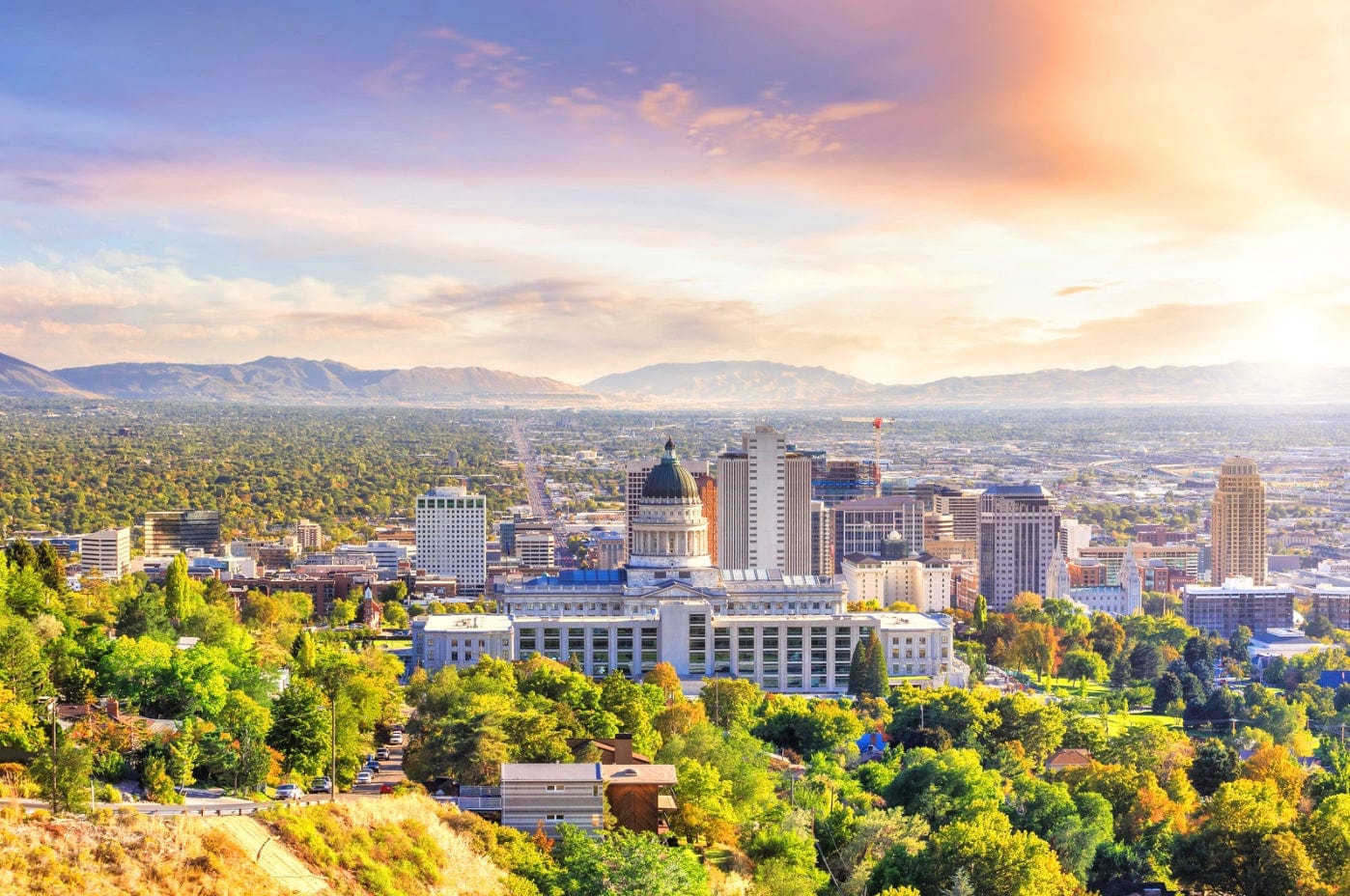
18. Cities Are Working Hard to Improve Tree Equity
Trees do so much. In cities, they can help reduce temperatures by nearly ten degrees simply by offering shade and sequestering carbon. Trees are also proven to be beneficial to mental and physical health. The more trees in cities, the better off locals are.
In many cities, tree equity is considerably low. Tree equity, a term coined by American Forests, means ensuring that all citizens in a city have equal access to trees and the benefits they provide. Many disadvantaged and marginalized communities have increasingly less access to trees compared to more privileged communities.
In some cities, namely Detroit, tree equity partnerships have been launched to support communities who have less access to trees. This partnership is helping to plant trees across the city to make up for the removal of dead trees.
The trees planted through these partnerships will not only reduce temperatures, they will also clean air and provide communities with more green and recreational spaces.
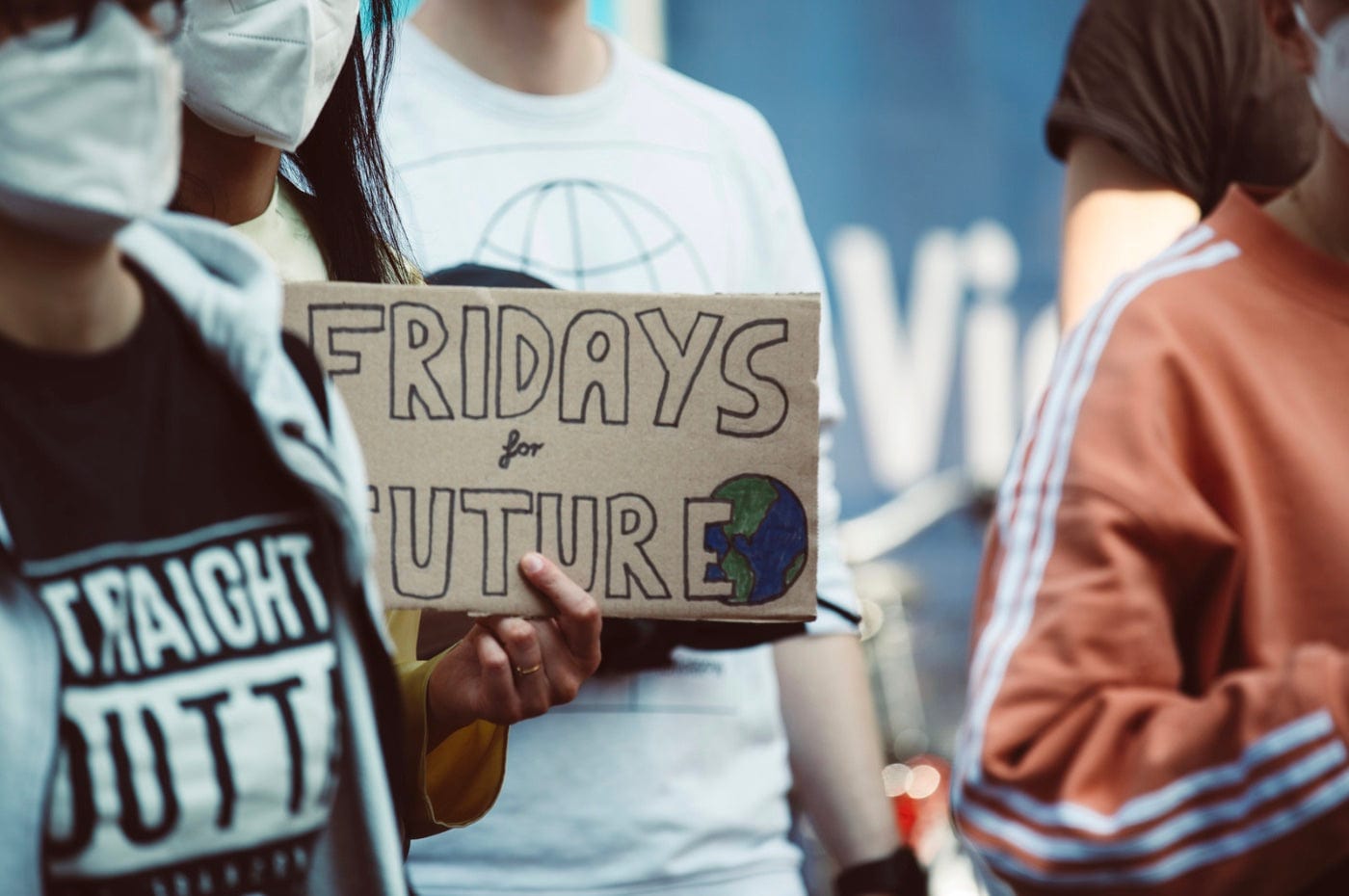
19. Research Finds Climate Change Strikes Are Working
As the world continues to warm and natural disasters grow stronger, you might wonder, “Are climate strikes helping?”
The answer: yes, they are.
Many researchers have found climate change protests to be important in raising awareness and educating the public about the dangers of climate change. Although not all climate protests may have direct political effects, they do help the everyday person understand the gravity of the situation. From there, that individual person may just very well take action.
While it is vital to get governments involved in helping to protect the environment, every little action matters. Climate change protests bring together people and communities who are working towards a common goal. That sense of community is worth so much.
There isn’t ever going to be one fail-safe solution to the climate crisis, but if we all come together to make an impact in the ways that are meaningful and accessible to us, we can change the world.

20. Mini Forests Help Combat Climate Change
Time and time again, we see young people leading the charge when it comes to climate action. In São Paulo, Brazil, communities are coming together with youth leaders to make an impact in their local parks and forests.
The Urban Heat Island Effect is prevalent in many major cities. This especially impacts marginalized communities, and many teenagers and educators in São Paulo have decided to combat that inequity by planting mini forests. Trees do a remarkable job at reducing city temperatures by providing shade and sequestering carbon.
A group called formigus-de-embaúba has organized the program to plant mini forests across the city. Formigus-de-embaúba is an NGO that works with indigenous leaders and schools to plant trees in São Paulo while educating participants about agroforestry and proper tree maintenance.
Last year alone, there were 10,000 trees planted by 4,000 students, making a massive impact that will be felt for generations to come. With many more trees to be planted, these students will continue making an incredible impact in their community.

21. A Formerly Extinct Tree Has Been Rediscovered In Brazil
Nature is truly extraordinary.
After nearly 200 years, a small holly tree has been rediscovered in Brazil after being presumed extinct. An expedition to find this species of tree lasted for six days and ended in success. Re:wild is the conservation group that found the survivor tree, calling it “one of our top 25 most wanted lost species.”
Now that this tree species has been rediscovered, the next step is to establish captive breeding for the endangered tree. The hope is to reestablish it in nature to promote biodiversity and protect the trees for generations to come.

22. England Issues Ban on Single-Use Plastic
When it comes to our everyday impact on the environment, there are truly few things that are scarier than single-use plastic. Not only do the BPAs found in these containers pose a threat to our health, they can cause all kinds of environmental harm. Many of these containers are used once and are thrown away, up in our waterways or soil, breaking down and producing microplastics that are ingested by animals and humans alike.
Fortunately, many countries are recognizing the dangers of single-use plastics, and they are putting a stop to their use. England is among the countries that are putting their foot down on plastics.
What does this new ban include in England? Beginning October 1st, businesses in England are no longer allowed to supply their customers with any form of single-use plastic, including plastic grocery bags and food containers.
Campaigners have said that this ban leaves out many other polluting items, but it’s certainly a step in the right direction!

23. Former Dumping Ground Is Now Farmland
In a Cleveland neighborhood, what once was an illegal dumping ground is now a food haven thanks to the help and leadership of local residents, supporting a community kitchen and farmer’s markets.
In 2011, Rid-All Green Partnership started small, and now it houses acres of sustainable farmland that impacts the local community in many ways. The entire food ecosystem eliminates food waste by turning it into compost that supports the farm and is sold to local community members.
This business also provides apprenticeship training for community members and creates local jobs that help support the economy. There are even specialized programs that help support and empower veterans and youth. Not only has this ecosystem helped impact local community members, but it also demonstrates what sustainable agriculture can look like.

24. Baby Seals Spotted in Record Numbers
Let’s face it. There aren’t many things in this world that are cuter than baby seals. Luckily, experts say baby seals are being born in record numbers on the coast of Norfolk. The number of baby seals born has doubled since the winter of 2019-2020. Not only does this mean there will be more cute baby seals to enjoy, but it also means there are plenty of fish for adult seals to remain healthy enough to breed.

25. Texan Community Garden is Helping Improve Food Security
A former coal mine in Texas has been transformed into a 1-acre community garden to help improve food security. This garden has produced 10,000 pounds of produce since it began in April 2022. It is estimated that this particular garden helps feed 2,000 people each month.
Texan by Nature transformed what was once a coal mine into a thriving garden, and now the garden is home to many volunteers that are coming together to make a difference in their communities. This beautiful garden shows how resilient nature is and how impactful an idea can be when it’s turned into reality!
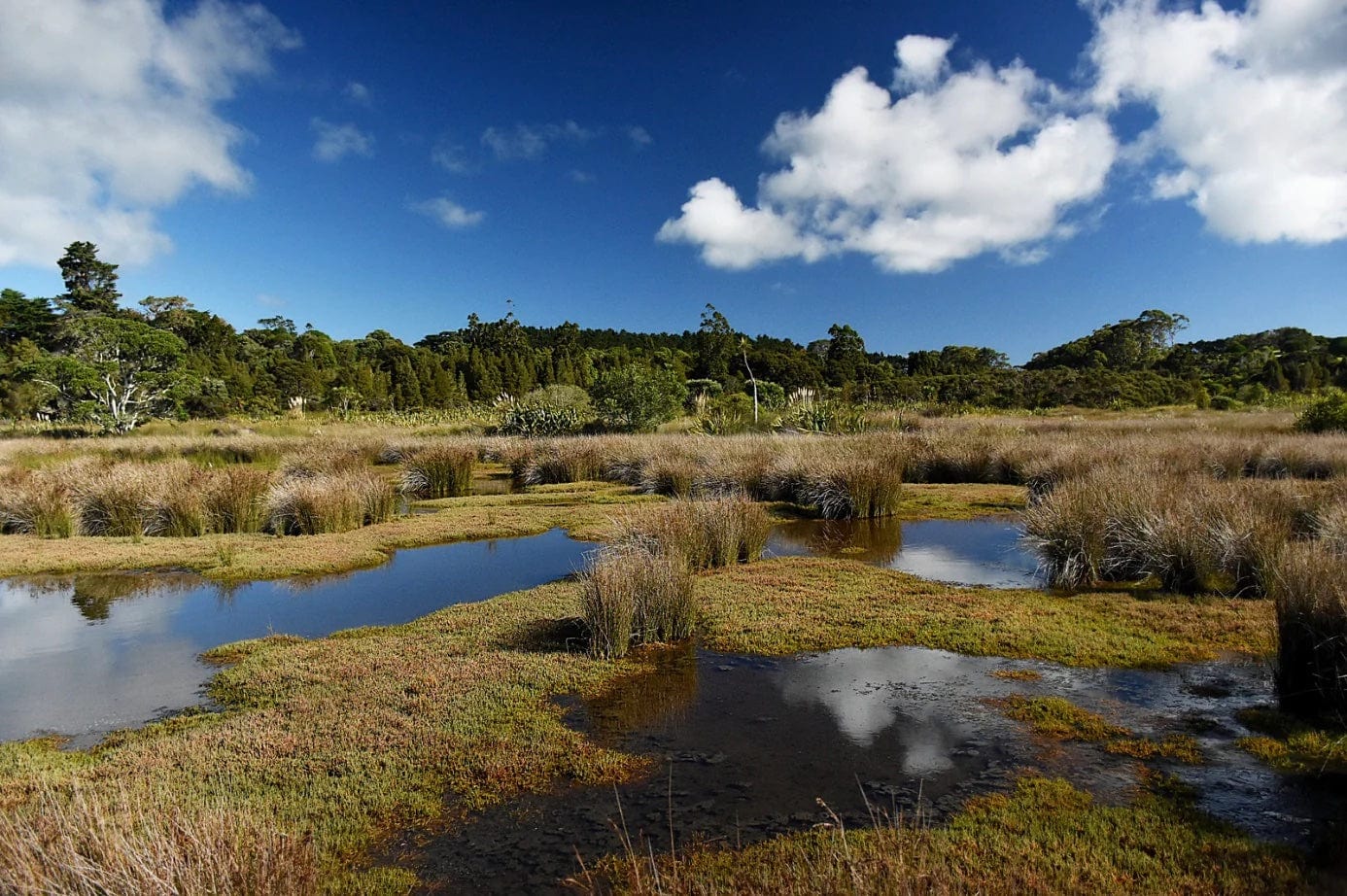
26. The EU Adopts Nature Restoration Law in Hopes of Healing Ecosystems
The European Union has taken an important step to help restore and heal lands that have been affected by climate change, impacting the targets set by the 2015 Paris Agreement. This new, ambitious law tasks 27 EU members to find ways to restore damaged forests and wetlands — and restore lakes, rivers, and oceans that have been affected by pollution.
The law aims to restore 30 percent of the damaged ecosystems in the EU region, spanning from the Arctic Circle to the Atlantic Ocean and the Mediterranean Sea. For many countries in the EU, this is a first step towards restoring lands and impacting climate change.

27. New Zealand Has Banned Single-Use Produce Bags
With most single-use plastics ending up in our oceans, it is important to be mindful of the waste we contribute. To address this, New Zealand has taken an incredible step towards protecting our waters and environment from plastic pollution.
By banning single-use plastic produce bags, New Zealand has become the first country to lead the way and set a new standard for other countries. Using a reusable bag is one of the easiest and simplest ways to impact the environment. Hopefully, New Zealand will inspire other countries to follow suit!

28. France Ends Printing For Non-Essential Receipts
We all have that one compartment in our cars that contains an endless amount of receipts. With emails and the virtual world at our fingertips, paper receipts are becoming increasingly obsolete. Many brands now provide paperless options to keep track of your finances, and it helps the environment.
France has now become a leader in paperless receipts. By ending the printing for non-essential receipts, this will help save trees around the world and make an impact on deforestation. Customers will still be able to request a receipt, if they’d like one, but it is no longer compulsory at all establishments, reducing the amount of paper being printed.
We hope that you enjoyed reading August’s good news stories as much as we enjoyed featuring them! Remember, there is good in the world if you know where to look for it. And if you want to create your own good news, you can positively impact the environment by planting trees where they are needed the most!

29. Sahara Circular Gardens Stop Desertification
Sahara circular gardens are emerging amongst the vast desert as a signal of hope, guiding people to a solution to the increasing risk of desertification.
These circular gardens work in harmony to create a well-balanced ecosystem equipped with a central water source. Combined with traditional farming techniques and modern agriculture knowledge, the plants in this garden create a cooler micro-enviroment amongst the surrounding desert.

30. Mall Reduced Plastic Waste Through Art
SevenOaks Mall is getting creative in their sustainability. In an effort to reduce the plastic waste through this shopping center, they have built art made entirely out of recycled plastic, giving purpose and beauty while also making an impact in the environment.
The art piece contains 240 pounds of plastic which would have ended up in a landfill. The art pays homage to farmland and the surrounding nature and beauty of the city of Abbotsford. And it’s making an impact, one plastic water bottle at a time.
So long 2023 and cheers to a happy New Year! Hungry for more positivity? We have plenty more good news stories from the past year. And if you're feeling really optimistic about 2024, consider supporting reforestation today!
Get news, updates, & event Info delivered right to your inbox:
Related Posts
9 Sustainable New Years Resolutions
18/12/2025 by Meaghan Weeden
Inspirational Quotes About Trees
16/12/2025 by Meaghan Weeden
The 9 Oldest, Tallest, and Biggest Trees in the World
11/12/2025 by One Tree Planted
Popular On One Tree Planted
Inspirational Quotes About Trees
16/12/2025 by Meaghan Weeden
The 9 Oldest, Tallest, and Biggest Trees in the World
11/12/2025 by One Tree Planted
What Causes Deforestation?
10/07/2025 by Meaghan Weeden
Fundraising Disclosures

Be Part of the
Restoration Movement
The Grove is more than just a monthly giving program: it's a vibrant community of individuals who are dedicated to reforestation and environmental restoration on a global scale.
As a member of The Grove, you affirm your commitment to restoring forests, nurturing biodiversity, and fostering positive global change.



